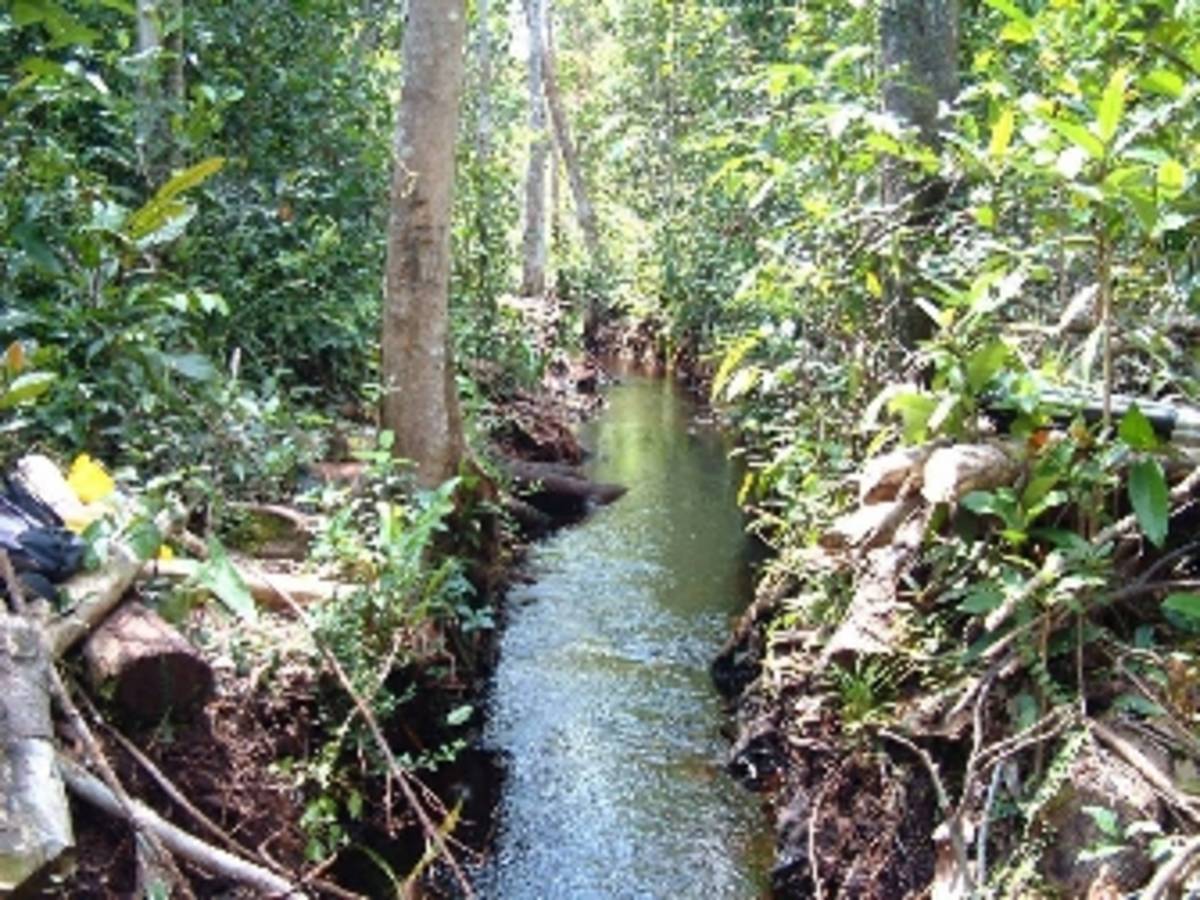CarboEurope: Quantifying the European carbon balance
Overview

The most important sources of CO2 emissions are fossil fuels and deforestation. However, on land carbon is also sequestered in so-called sinks, such as forests and peatlands. Now scientists are concerned that this carbon, due to changing land use, will be released as CO2 after reacting with oxygen in the air, which would counteract all efforts to reduce CO2 emissions with technical means in a single blow.
Not very much is known scientifically about these sinks. However, the Kyoto protocol does take account of sources and sinks of carbon on land. The carbon budget of a continent determines how that continent stands in relation to the global climate issue. But there are still many uncertainties in that carbon budget, both in calculating the emission of CO2 and calculating the quantity of carbon that is sequestered on the land.
Objective
CarboEurope has the aim of understanding and quantifying the current carbon balance in Europe and determining the uncertainties that play a role at the local, regional and continental levels.
This includes knowledge about the European carbon balance in terms of time and space, the processes and mechanisms of the carbon cycle in European ecosystems and the atmospheric and ecosystem-related carbon stocks, while taking account of the European obligations under the Kyoto Protocol.
Approach
CarboEurope is the result of a framework of cooperation that has been developing since 2000 between more than 60 research institutes and about 30 other partners from 17 European countries. It is an interdisciplinary research community
with expertise in various ecosystems, the atmosphere, measurements and modelling. Within this community, work is taking place on reducing the uncertainties in the European carbon balance. The researchers are looking at how the carbon budget is changing from four points of view.
Results
Due to CarboEurope research, measurement networks, ecological sampling and atmospheric observations have been integrated into a monitoring system for the carbon balance at the local, regional and continental scales. As a result, both the CO2 in the atmosphere and the carbon that is sequestered on land can be tracked. The most important innovation of CarboEurope is that all experiments and models
are part of a single overarching strategy. This has created a system that supports the implementation of the Kyoto Protocol because it provides quantitative information about the complete carbon budgets at the local, regional and continental scales.
Follow-up
CarboEurope has already resulted in a coherent, comprehensive integration of land-based and atmospheric carbon science that can serve as an example for the United States, Japan and China. In addition, the results of CarboEurope will establish the basis for future agreements on efforts to sequester CO2 and reduce its emissions.
Website
Funded by
European Commission, Sixth Framework Programme, Priority Global Change and Ecosystems